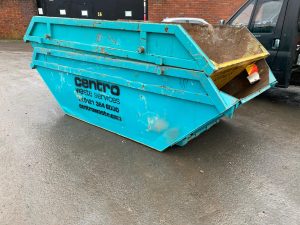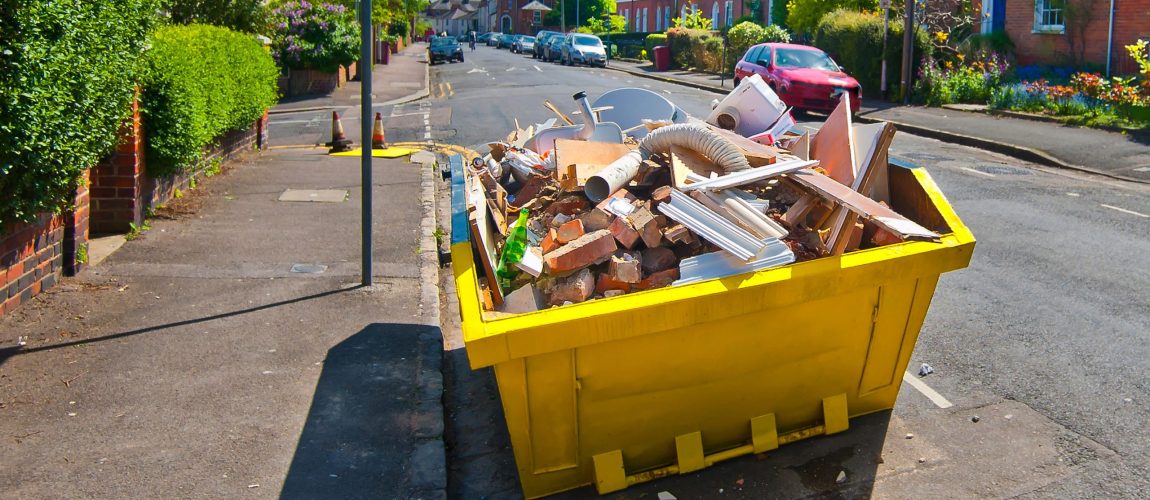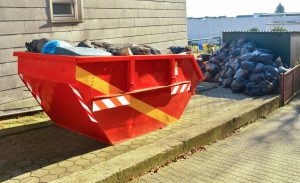In the realm of waste management, making the right choice between skip hire and grab hire services can significantly influence the efficiency and cost-effectiveness of your project.
Both options offer unique benefits and can be suited to different types of waste disposal tasks, but understanding their specific advantages and drawbacks is key to optimising your approach to managing waste.
This blog aims to shed light on the critical aspects of skip and grab hire, comparing their applications, costs, and environmental impacts, to assist you in making an informed decision that aligns with your project needs and sustainability goals.
Waste management is not just a practical necessity; it’s a decision that can have far-reaching implications for both project timelines and environmental well-being.
As we dive into the nuances of skip and grab hire, we’ll explore how each service caters to varied waste disposal requirements, from domestic clear-outs to large-scale construction debris removal.
By carefully considering factors such as waste volume, site accessibility, and budget, you’ll be equipped to choose the service that not only meets your logistical needs but also supports your commitment to responsible waste handling.
Understanding Skip Hire
Skip hire is a popular choice for waste management, favoured for its flexibility and convenience across a wide range of projects.
From small home renovations to larger commercial ventures, skips are available in various sizes, making it easier to match the skip size to the specific requirements of your project.
This adaptability ensures that you only pay for the capacity you need, whether it’s a mini skip for a garden clear-out or a maxi skip for substantial construction waste.
The ease of having a dedicated container on-site for the duration of your project simplifies the process of waste accumulation and disposal, allowing for a tidier workspace and more organised project management.
However, the advantages of skip hire extend beyond mere convenience.
One of the key benefits is the environmental aspect; many skip hire companies are committed to responsible waste management, ensuring that a significant portion of the waste collected is recycled.
This commitment helps reduce the environmental impact of your project.
On the flip side, the requirement for space to place the skip and the potential need for a permit if placed on a public road are considerations that need planning.
Nevertheless, these minor inconveniences are often outweighed by the benefits, especially when considering the ease with which waste can be managed on a project site, keeping the area clean and safe for workers and the public.

Exploring Grab Hire
Grab hire services offer a different approach to waste management, ideal for projects that generate large volumes of waste in a short time frame.
The grab lorry’s ability to collect and remove waste directly from the site without the need for manual loading into skips is a significant advantage, particularly for sites with limited access or where space for a skip is not available.
This service is highly efficient for disposing of large amounts of waste quickly, minimising disruption to the project timeline.
Furthermore, the flexibility of grab hire to access difficult sites and remove waste without the need for additional equipment or manpower makes it a valuable option for specific scenarios.
Despite its benefits, grab hire is not without its limitations. The cost-effectiveness of grab hire can vary depending on the project size and waste volume.
For smaller projects or those where waste accumulates gradually, grab hire might not offer the same value as skip hire, where the fixed cost covers the rental period, regardless of how quickly the skip fills up.
Additionally, while grab hire eliminates the need for a permit, the requirement for suitable access for the lorry can be a logistical challenge in more congested or restricted areas.
Therefore, while hiring presents a viable option for rapid waste removal, it’s essential to consider the specifics of your project to determine whether the convenience and efficiency align with your needs and budget.
Factors to Consider When Choosing Between Skip and Grab Hire
Choosing between skip and grab hire requires a thoughtful assessment of your project’s unique characteristics.
The size and scale of your project are paramount; for extensive projects with large volumes of waste, Grab Hire’s swift removal might seem appealing, yet the versatility and range of sizes available for skips often make them a more practical choice for varied waste volumes.
Additionally, the type and amount of waste, whether it’s heavy construction debris or mixed domestic waste, can influence the suitability of each service.
Skips offer the advantage of sorting waste at your pace, which can be beneficial for recycling efforts and managing disposal costs.
Accessibility and budget are also crucial factors. Projects located in areas with limited access might benefit from the flexibility of grab hire, but the cost implications must be carefully weighed.
While grab hire can offer immediate removal, the potential higher costs for smaller quantities of waste or shorter projects might not justify the convenience. Conversely, skip hire provides a cost-effective solution for sustained waste collection over time, with a predictable cost structure that can be easier to budget for.
Environmental considerations, such as the desire to minimise the carbon footprint of your waste disposal efforts, can also tip the balance in favour of skip hire, given the emphasis on recycling and responsible waste management within the skip-hire industry.
Making the Right Choice for Your Project
In conclusion, while both skip and grab-hire services present viable waste management solutions, the subtleties in their advantages, costs, and environmental impacts make skip hire a generally more appealing option for a broad range of projects.
The flexibility in skip sizes, the predictability of costs, and the emphasis on responsible waste management practices provide a strong foundation for efficient, cost-effective, and environmentally responsible project planning.
However, the ultimate decision should be based on a thorough assessment of your project’s specific needs, including waste volume, site accessibility, budget constraints, and environmental goals.
By carefully weighing these factors, you can make an informed choice that not only meets the practical demands of your project but also aligns with your commitment to sustainability.
Whether you opt for the convenience and capacity of grab hire or the versatility and environmental benefits of skip hire, ensuring that your waste management approach is thoughtfully chosen will contribute to the success and responsibility of your project.








